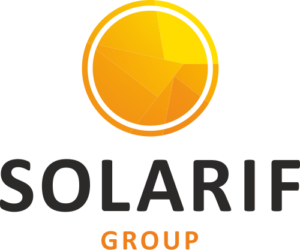PV Quality Inspections
Today’s fierce competition in the photovoltaic (PV) industry has led/forced PV manufacturers to gradually under-price their products and disregard constant quality management. These compromises will thus negatively affect the overall quality of the photovoltaic (PV) modules long-term functionality. During Quality Assurance, Solarif’s Risk Management team ensures that the quality of primary materials and components used during production of photovoltaic (PV) modules conform to specific international standards.
BOM verification
In the photovoltaic sector, the Bill of Material is a wide-ranging inventory list of certified materials (i.e. components, assemblies, raw materials) that is required for the manufacturing of photovoltaic (PV) panels. It is the main source of information used during the manufacturing process and lists all materials from the highest level broken down into its individual components and quantities. In other words, it can be regarded as the formula to create a finished product, such as a solar PV module. A typical Bill of Material comprises details such as, component type and the purchase dates as well as costs, product codes, additional specifications, such as details of the manufacturer. Hence, if materials used are altered at a specific point in time, the Bill of Materials will have to be changed accordingly.
Solarif Risk Management’s approach consists of collection of documentation and verification of authenticity documents with the CDF (Constructional Data Form) to validate if exclusively certified components have been used and a raw material check on-site at the warehouse, amongst others.
The Constructional Data Form (CDF) is an extensive dossier that precisely lists all raw materials and components as well as design and label information regarding the production of a product.
A CDF for a specific product, i.e. a c-Si (PV) panel, is usually assembled while being certified by an accredited certification body in accordance to IEC 61215: Crystalline silicon terrestrial photovoltaic (PV) module – Design Qualification and type approval. After successfully passing the certification process by the accreditation body, a CDF documentation will be provided to the manufacturer. To state that the products produced are certified, the manufacturer is obliged to use the components listed in the CDF.
During CDF check, Solarif’s Risk Management team makes sure that your solar (PV) modules conform to the certified specifications to prevent non-conformities. This method contains label marking, weight conformity, cable length and/or dimensions of module and components, among others.
Visual inspection can be a valued tool to identify reasons of failures of PV modules as well as discovering future issues that could lead to PV module failure. The purpose of this inspection is to prevent defects that are visible to the bare eye and pose a foreseeable risk to the solar module’s long-term performance and safety. During this diagnostic check, Solarif’s Risk Management team intends to detect any major visual defects, such as scratches, damaged glass, solder joint flaws, back-sheet cuts, encapsulant yellowing and/or not cross-linked, laminated debris, frame sealing gaps, hot spots or chipped cells.
Visual inspection is the most effective and quickest method to detect failures and defects in a PV module. It takes three to five minutes and is repeated multiple times throughout all the test classifications, hence conducted more than any other test.
The purpose of the I-V measurement test is to determine the output performance of modules, such as Voc (open circuit Voltage), Isc (short circuit Current), Pmax (Maximum Power output of the device) or Vmax (Voltage at maximum power) and prevent any underperforming modules. Throughout I-V measurement, Solarif’s Risk Management team ensures that the modules purchased perform according to the rated power. The tests involved in this process consist of calibration of solar simulator (i.e. flash test machine), tolerance check of power guaranteed and correct testing according to Standard Test Conditions (STC) against the manufacturer’s stipulated performance parameters, which is indicated on the product label and official datasheet.
EL imaging is a measurement process allowing to peer directly into the cells of a solar (PV) module to locate inherent, structural defects on the cell level that have damaging consequences on performance in the long run. Cell cracks for instance, in form of so called snail trails can be detected as dark lines on the solar cell in the EL imaging.
Throughout EL imaging, Solarif’s Risk Management team ensures that the modules are within the expected quality standard, set by Solarif or the Manufacturer. If the modules are 100% checked, Solarif Risk Management collects all relevant Electro-Luminescence (EL) images and review to evaluate the incidence of damaged cells and tabulate by type e.g. cracks, micro-cracks, finger interruptions and/or wafer pollution. The testing should be performed once before laminating to distinguish defect solar cells and consequently replace them as well as after lamination.
The purpose of this packaging & loading inspection is to verify conformity to safe and secure packing as well as container loading. The final check consists of inspecting the packing, loading and sealing of the container, which must be in accordance to Solarif Risk Management standard criteria. Solarif’s Risk Management team will remain on-site after the general inspections have been completed and make sure that your modules are proper packed and loaded into the shipping containers. The approach entails serial number scan-testing and cross-checks, packing material check, packing design & label verification, packing process monitoring, pallet dimensions measurement or loading supervision.

